The Best Short Hairstyles for Fine Hair
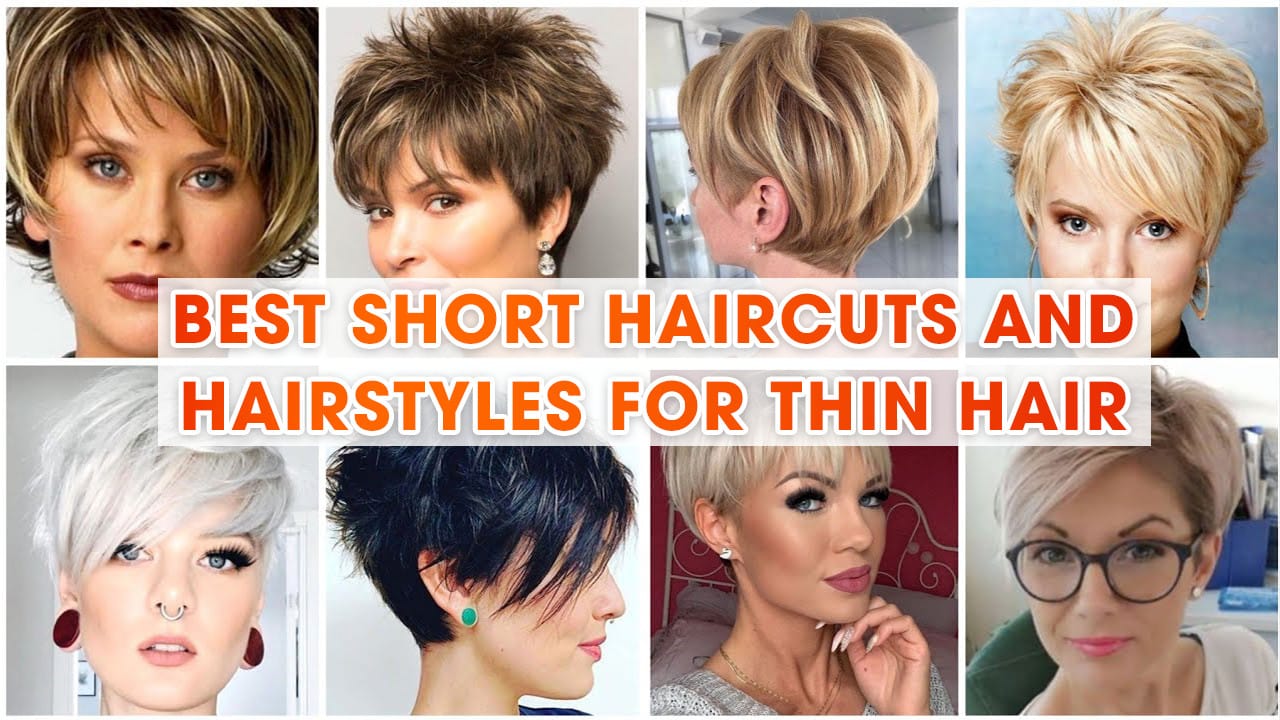
Fine hair, characterized by its small diameter and often delicate nature, presents unique challenges when it comes to styling. It tends to lack natural volume, can appear limp, and is susceptible to breakage. However, with strategic cutting and styling, fine hair can be transformed into a vibrant, full-bodied asset. Short hairstyles, in particular, offer an exceptional solution for enhancing the appearance of density and promoting overall hair health. The careful selection of a short cut can dramatically improve the hair’s structure, making it appear thicker, more voluminous, and effortlessly chic.
The inherent properties of fine hair mean it often struggles to hold longer styles, succumbing to gravity and appearing flat. Long, fine strands can also be prone to tangling and breakage due to the increased weight and length. By opting for a shorter length, the weight on the hair shaft is significantly reduced, allowing for greater lift at the roots and a more robust appearance. These styles are not merely about convenience; they are a deliberate choice to optimize the hair’s natural potential, offering a foundation for enhanced texture, movement, and an illusion of greater density.
The Strategic Advantage of Short Lengths
The primary benefit of short hair for fine strands lies in its ability to create the perception of fullness. When hair is cut shorter, the ends appear thicker because more strands are gathered at a single point. This bluntness, or the strategic layering that accompanies certain short cuts, directly counteracts the wispy, thin look often associated with fine hair. Furthermore, less hair means less styling time and reduced exposure to heat tools, which can be particularly beneficial for delicate strands prone to damage. The reduced weight also allows styling products to work more effectively, providing lasting volume without being weighed down.
Exploring Specific Short Hair Options
Several short cuts are particularly well-suited for fine hair, each offering distinct advantages in terms of volume, texture, and style. The choice among these depends on individual facial features, lifestyle, and desired aesthetic.
1. The Pixie Cut: A quintessential choice for fine hair, the pixie cut is characterized by its short back and sides, often with slightly longer hair on top. This cut inherently lends itself to creating volume and texture.
- Classic Pixie: Extremely short, drawing attention to facial features. Strategic layering on top can provide lift and movement, preventing a flat appearance.
- Long Pixie: Offers more versatility with slightly longer layers on top, allowing for varied styling, such as sweeping bangs or tousled texture. The reduced weight still ensures maximum lift.
- Shaggy Pixie: Incorporates choppy layers throughout, enhancing texture and creating a playful, voluminous look. This is particularly effective for disguising thinness.
- Blunt Pixie: While less common, a blunt cut on the top section can make the hair appear denser, especially when styled with a side part to create an optical illusion of thickness.
2. The Bob: A timeless and adaptable cut, the bob family offers numerous variations that can be customized to flatter fine hair. The key is to select a version that emphasizes density and movement.
- Blunt Bob: Ending sharply at a single length, typically between the chin and shoulders, the blunt bob is a powerful choice. This cut creates a strong, thick-looking perimeter, making the ends appear fuller and more substantial. It works by eliminating wispy ends and concentrating all the hair at one length.
- Graduated Bob (A-line Bob): Featuring a shorter back that gradually lengthens towards the front, this style builds volume at the nape of the neck. The stacking effect creates an illusion of depth and fullness, making it an excellent option for those seeking a more structured, voluminous look.
- Stacked Bob: A more dramatic version of the graduated bob, with distinctly visible layers stacked at the back to create significant lift and rounded volume. This technique is highly effective for fine hair that needs a strong boost in the crown area.
- French Bob: A shorter bob, often resting at jawline length or slightly above, characterized by its effortless, chic appeal, frequently paired with blunt or wispy bangs. The shorter length prevents fine hair from appearing limp and enhances its natural movement.
- Textured Bob/Shag Bob: Incorporates soft, internal layers and choppy ends to create movement and dimension without removing too much bulk. This prevents the hair from lying flat and adds an airy, voluminous feel.
3. The Lob (Long Bob): For individuals not ready for a significantly short cut, the lob provides an excellent transitional option. It typically falls between the chin and collarbone. While longer than a traditional bob, its reduced length compared to very long hair still minimizes weight and allows for better volume retention, especially with strategic layering and blunt ends.
4. The Shag: A distinct style characterized by multiple layers, often short at the top and gradually longer, creating a dishevelled, rock-and-roll vibe. The shag is inherently designed to add texture, movement, and volume, making it exceptionally effective for fine hair. The varying lengths prevent the hair from clinging flat to the scalp, and the choppy ends create an illusion of fullness.
5. The Bixie: A modern hybrid combining the best elements of a bob and a pixie. It features the cropped back and sides of a pixie with the longer, face-framing sections and slight length of a bob. This versatile cut offers the lift and lightness of a pixie while retaining enough length for styling options and a softer aesthetic around the face. It’s an excellent choice for fine hair, balancing volume creation with a chic, contemporary look.
Essential Elements for Maximizing Volume and Texture
Beyond the specific cut, certain techniques and considerations are crucial for enhancing fine hair within these short styles.
1. Strategic Layering: The judicious application of layers is paramount. While too many layers can thin out fine hair, well-placed, internal layers can create movement and lift without sacrificing density. Layers around the crown can boost volume, while face-framing layers can add softness and dimension.
2. Blunt Ends: For many of these styles, particularly bobs and lobs, a blunt perimeter is highly recommended. This technique creates a stronger, thicker-looking edge by ensuring all hair strands end at the same point, making the hair appear denser than if the ends were wispy or heavily layered.
3. Bangs and Fringe: Incorporating bangs or a fringe can significantly enhance short styles for fine hair.
- Blunt Bangs: Can create a strong, dense line across the forehead, making the hair appear thicker and drawing attention to the eyes.
- Wispy or See-Through Bangs: Offer a softer approach, adding a touch of fullness around the face without feeling heavy.
- Side-Swept Bangs: Can add volume and movement, creating an asymmetric interest that distracts from any perceived thinness.
4. Texture Enhancement: Short styles for fine hair thrive on texture. Texturizing techniques during the cut, such as point cutting or slicing, can create soft movement and prevent the hair from appearing too flat or blocky. Styling products designed to add texture, like sea salt sprays or texturizing powders, further amplify this effect.
5. Color Techniques: Hair color can play a significant role in creating the illusion of depth and thickness.
- Highlights and Lowlights: Strategic placement of lighter and darker shades can create dimension, making the hair appear multi-faceted and fuller.
- Root Shadowing: Darkening the roots slightly while keeping the ends lighter can create an optical illusion of depth and density, making the hair appear thicker at the scalp.
- Balayage: A freehand highlighting technique that can add natural-looking dimension and movement, particularly effective on lobs and longer bobs.
Styling and Maintenance for Optimal Results
Effective styling and consistent maintenance are crucial for preserving the integrity and enhancing the appearance of fine hair in short styles.
Styling Products:
- Volumizing Mousse/Foam: Applied at the roots on damp hair, these products provide lift and body without weighing hair down.
- Root Lifting Sprays: Specifically designed to create volume at the scalp.
- Texture Sprays: Essential for adding grip, definition, and a lived-in look to layered cuts like shags and textured bobs.
- Dry Shampoo: Beyond its oil-absorbing properties, dry shampoo can add significant volume and texture to fine hair, especially on second-day hair.
Styling Techniques:
- Blow-Drying with Root Lift: Using a round brush or simply blow-drying the hair upside down can create substantial lift at the roots.
- Diffuser Use: For curly or wavy fine hair, a diffuser can enhance natural texture and volume without causing frizz.
- Strategic Parting: A deep side part can instantly create an illusion of volume and fullness at the crown.
- Light Backcombing: Gentle backcombing at the roots can add temporary volume, but this should be done sparingly to avoid damage to delicate strands.
Maintenance:
- Regular Trims: Short styles require more frequent trims (every 4-6 weeks) to maintain their shape, bluntness, and overall health. This prevents split ends from traveling up the hair shaft, which can make fine hair appear even thinner.
- Gentle Hair Care: Using sulfate-free shampoos and conditioners formulated for fine or color-treated hair can help preserve its delicate structure. Avoiding heavy conditioners on the roots is also advisable.
- Heat Protection: Always apply a heat protectant before using styling tools to shield fine strands from damage.
In conclusion, short hairstyles offer a powerful and effective strategy for managing and enhancing fine hair. By choosing cuts that minimize weight, maximize bluntness, and incorporate strategic layering and texture, individuals with fine hair can achieve styles that are not only fashionable but also appear fuller, healthier, and more voluminous. The right short cut can transform challenges into opportunities, revealing the inherent beauty and versatility of fine hair.
FAQs by the best short hairstyles for fine hair
Q: Are all Name Of Hairstyle With Shaved Sides short hairstyles suitable for fine hair? A: Not all short hairstyles are universally suitable. The most effective short styles for fine hair incorporate specific cutting techniques such as blunt ends, strategic layering, or graduated cuts to create the illusion of density and volume. Heavily thinned-out or overly layered short cuts can sometimes make fine hair appear even thinner.
Q: Can short hair damage fine strands?
A: Short hair itself does not inherently damage fine strands; in fact, it often reduces the likelihood of breakage due to less weight and tangling. Damage typically arises from improper cutting techniques, excessive heat styling, or harsh chemical treatments. Regular trims and gentle care are Ancient Japanese Hairstyles Male A Comprehensive Exploration Of Historical Coiffure essential for maintaining hair health.
Q: How frequently should short fine hair be trimmed?
A: To maintain the shape and integrity of short hairstyles for fine hair, regular trims are recommended every 4 to 6 weeks. This schedule helps prevent split ends and ensures the cut retains its intended volume and structure.
Q: What styling products are most beneficial for short fine hair?
A: Volumizing mousses, root-lifting sprays, texture sprays, and dry shampoos are highly beneficial. These products are formulated to add body, lift, and definition without weighing down delicate fine strands, maximizing the visual impact of the chosen short style.
Q: Can short hairstyles accommodate fine hair with some natural wave or curl?
A: Yes, many short styles, particularly textured bobs, shags, and longer pixies, are excellent for fine hair with natural wave or curl. These cuts can enhance the hair’s natural texture, promoting bounce and volume. A diffuser can be utilized during drying to further define curls without causing frizz.
Tips by the best short hairstyles for fine hair
- Prioritize Blunt Cuts: Opt for styles with blunt ends, such as a blunt bob or a straight-cut pixie. This technique creates a solid, thick-looking perimeter, making fine hair appear denser and more substantial at the ends.
- Embrace Strategic Layers: Insist on layers that are strategically placed to add volume and movement without thinning out the hair. Layers around the crown or internal layers can provide lift, while over-layering should be avoided.
- Consider Bangs or Fringe: Incorporate bangs or a fringe to add fullness around the face. Blunt bangs can create a dense line, while wispy or side-swept bangs can add softness and an illusion of more hair.
- Utilize Volumizing Products Correctly: Apply volumizing mousse or root-lifting spray to damp roots before blow-drying. Avoid applying heavy conditioners or styling products directly to the scalp, as this can weigh down fine hair.
- Master Blow-Drying Techniques: Learn to blow-dry for maximum volume. Drying hair upside down or using a round brush to lift roots can significantly enhance the body of short styles. A diffuser is beneficial for naturally wavy or curly fine hair.
- Regularly Refresh the Cut: Maintain the shape and density of the chosen short style with regular trims, typically every 4 to 6 weeks. This prevents ends from becoming wispy and ensures the cut continues to perform optimally.
- Explore Color for Dimension: Discuss highlighting or lowlighting techniques with a professional colorist. Strategic placement of lighter and darker tones can create depth and the illusion of a fuller, more voluminous head of hair.
- Protect from Heat Damage: Always apply a heat protectant product before using any heat styling tools. Fine hair is particularly susceptible to damage, and protection is crucial for maintaining its health and integrity.
Conclusion by the best short hairstyles for fine hair]
The judicious selection of short hairstyles represents an effective and transformative approach for individuals with fine hair. These cuts are not merely aesthetic choices but strategic solutions designed to counteract the common challenges of limpness, lack of volume, and fragility. By reducing overall weight, promoting the illusion of density through blunt lines and strategic layering, and simplifying styling routines, short styles empower fine hair to appear fuller, healthier, and more dynamic. The careful consideration of specific cuts, coupled with appropriate styling and consistent maintenance, ensures that fine hair can achieve its optimal appearance, demonstrating that thoughtful hairdressing can unlock significant visual enhancements and elevate hair confidence.
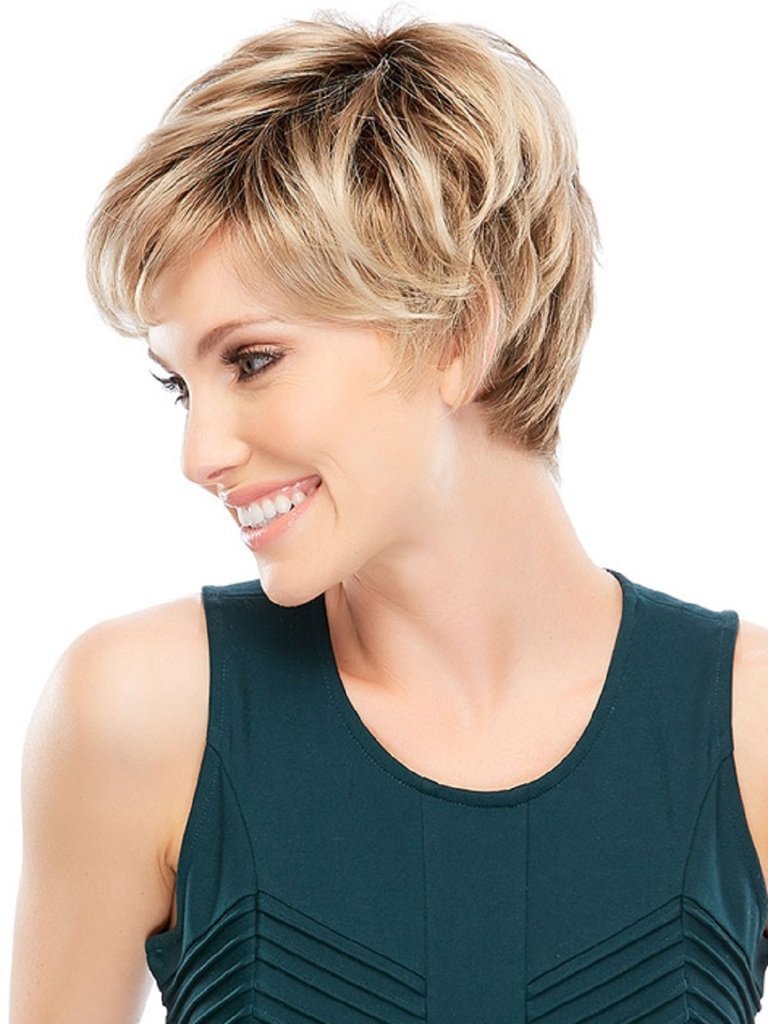

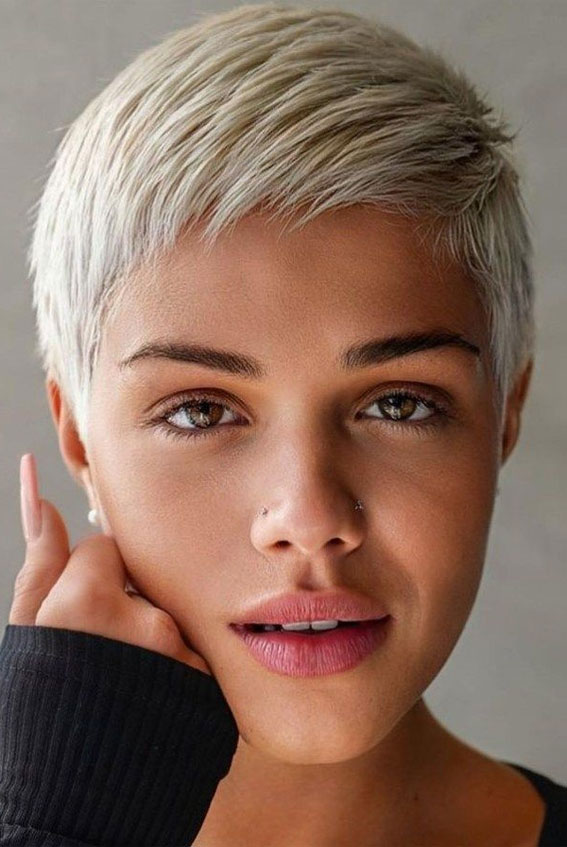

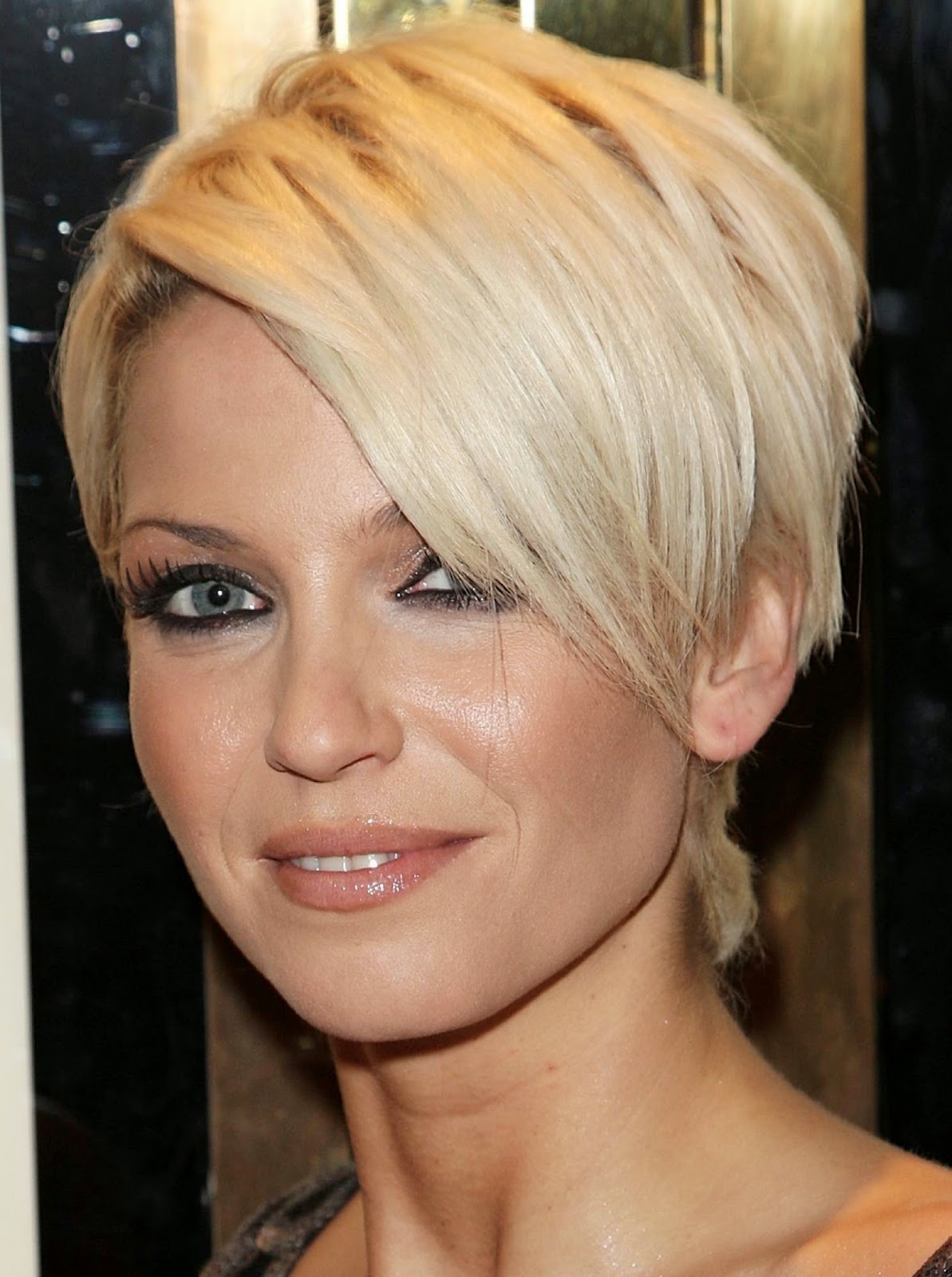
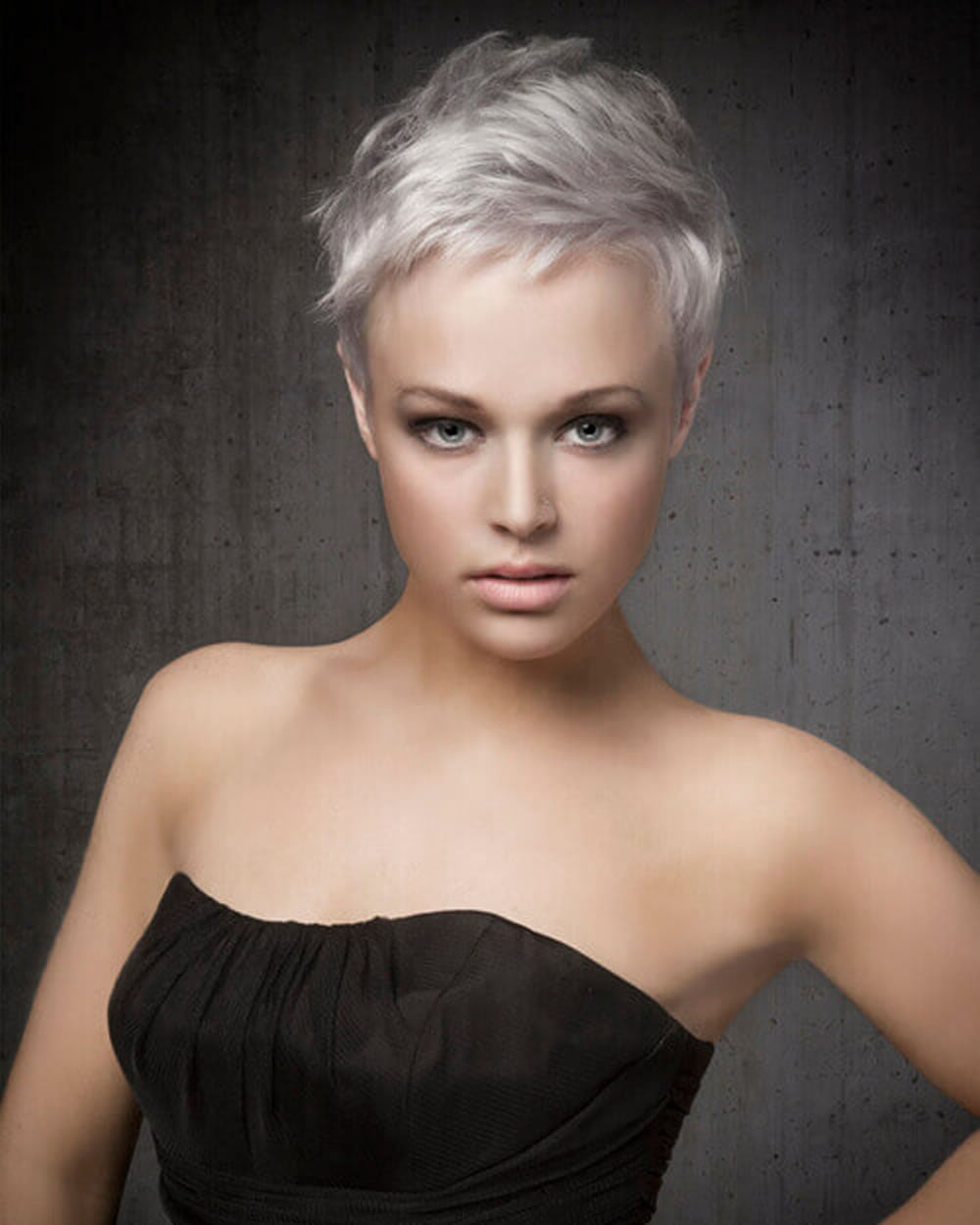

More suggestion: Best Hairstyles For Young Women A Comprehensive Guide To Enhancing Personal Style